October 8, 2017
Martha O'Kennon
The weather has been rainy (Finally!) but not very, and the temperature has modulated a bit so that I can open the windows at night and blow some night air in. But here we never know what's coming down the pike.
The redbuds and maples are dropping their leaves into the pond so temporarily I've got a net over said pond, and it isn't very pretty. Soon I'll be able to take it off but I'm afraid if I want to see lilies I'll have to go through my summer's photos. I did find a lovely patch of goldenrod, but since the major guests had decided this was the end, there was no action of the buzzing and bumping kind that I'd got used to during the month of gold. I've taken to going around the shop at night looking for creatures of the dark. One of the little planters of marigolds had attracted a good-sized but unknown moth. This blue panorama is the shadow on the south side of the shop now that the leaves have thinned somewhat.
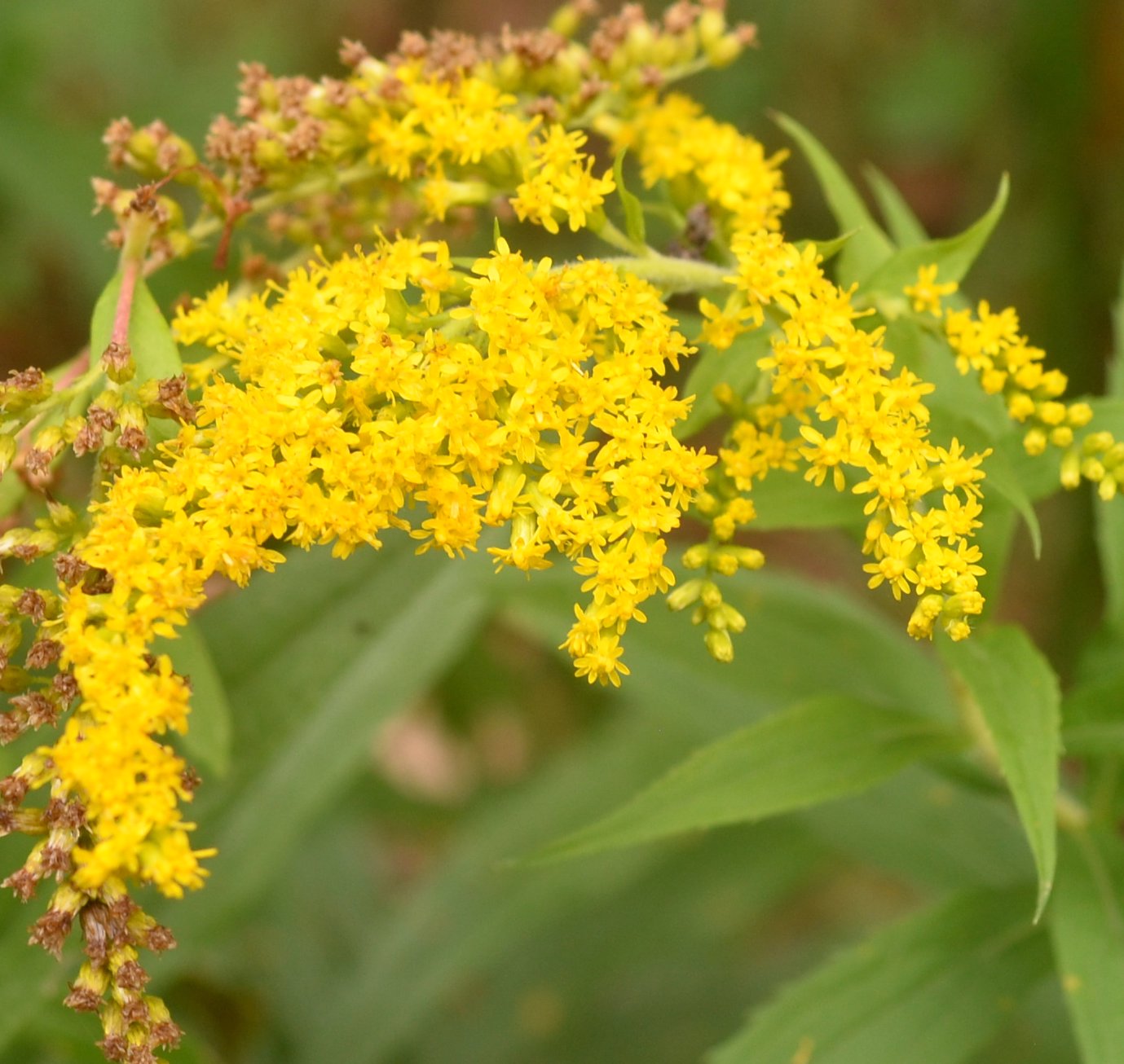
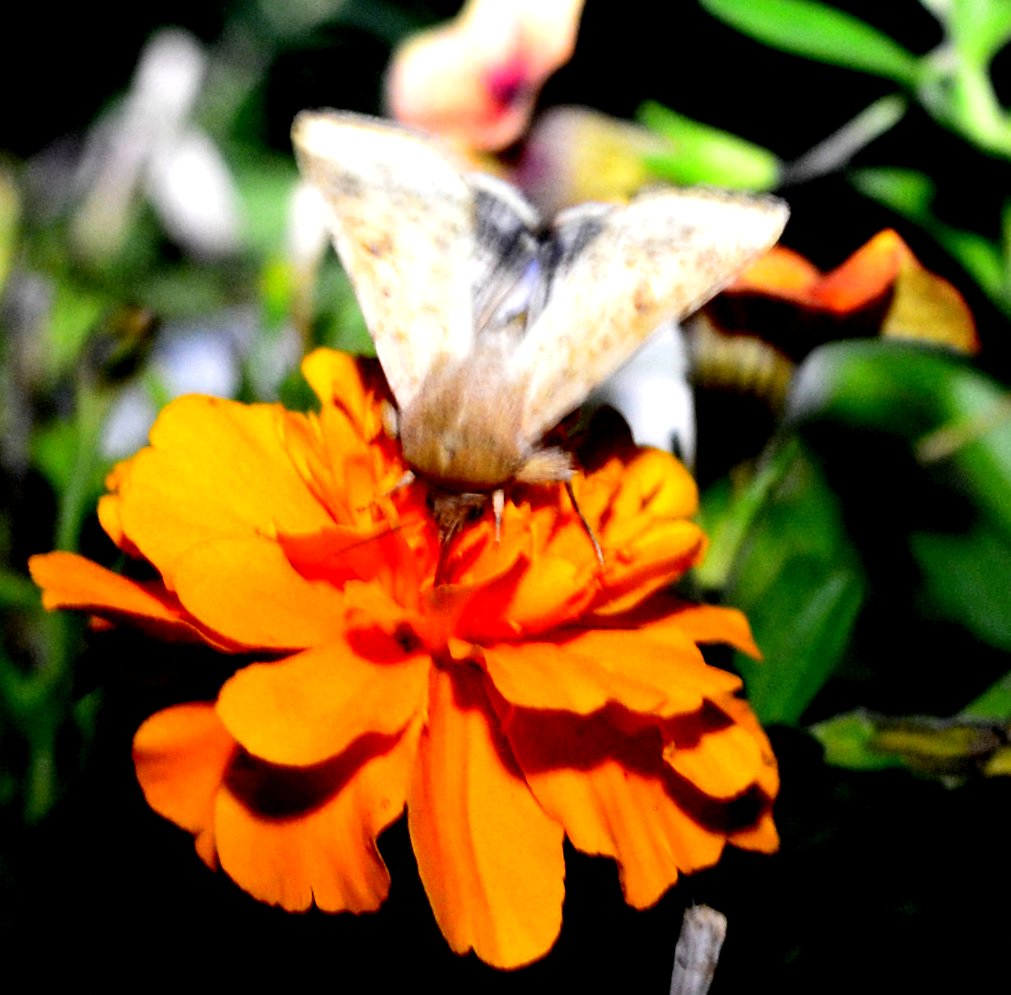
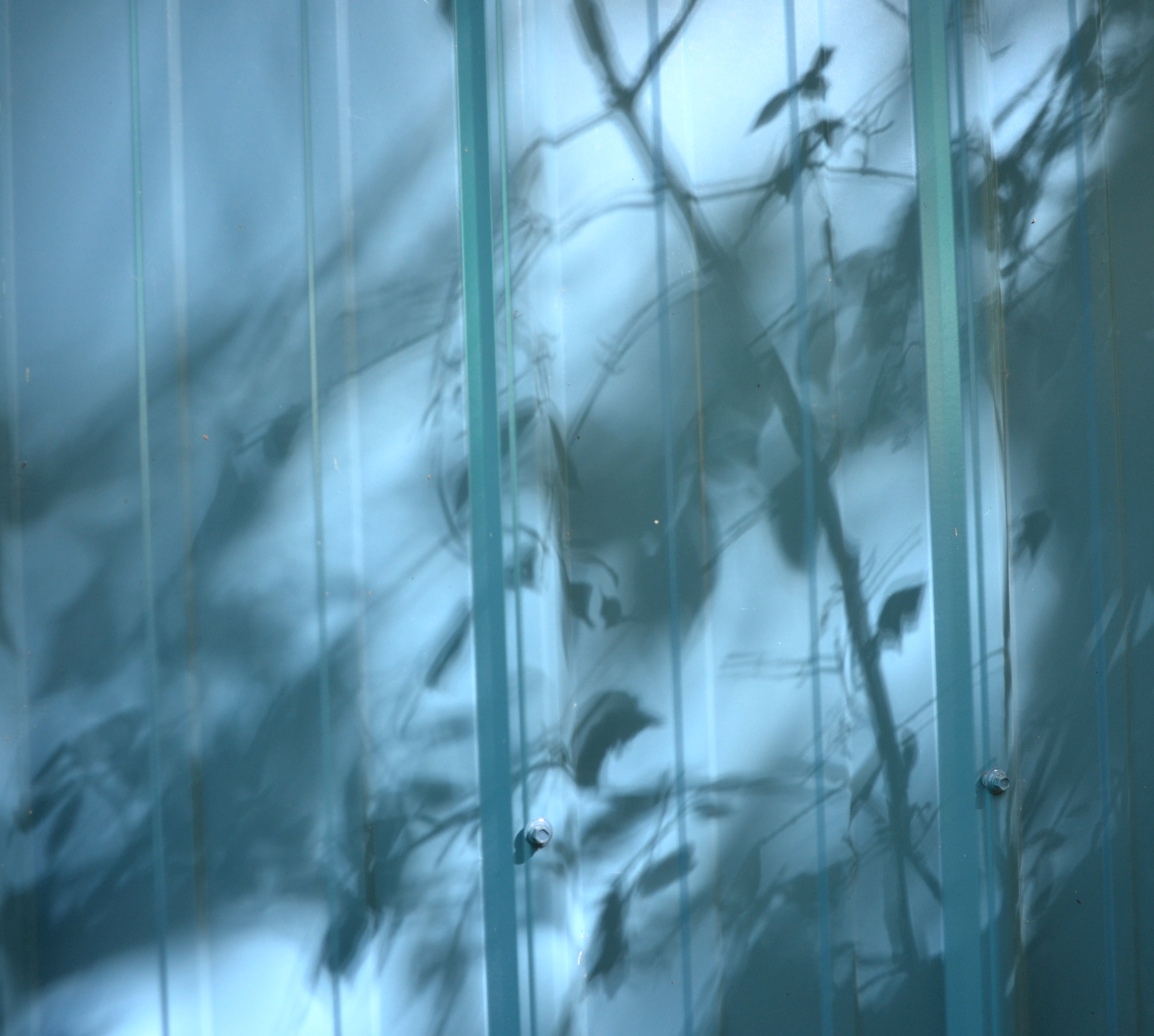
Remember that there is information in the name of the file for each image. You can see it by mousing over the image - look at the lower left of the screen. Or you can click on the image to get to the (usually) larger image. Then the info is displayed in the address line above. Sometimes the second click will actually display a different view of the original image.
Here are several that I believed were winged ants - but they don't have the right antennae for an ant.
Number 3 DOES have ant feelers. Now I think the others are wasps of some sort.


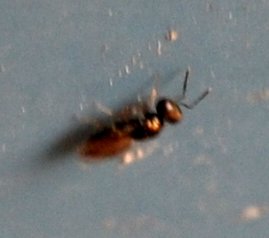
Here are a few barklouses for your delight. These are tiny tiny insects not many millimeters long, but so pretty if you can get a cleanish shot. The third one seems to be a very fuzzy Trichadenotecnum alexanderae.

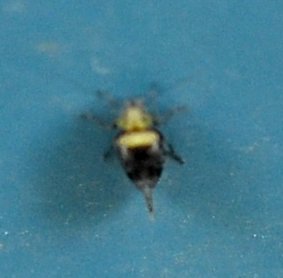

A few more barklouses. The first one is Graphopsocus cruciatus. Oh. I just found out the plural is barklice, even though they aren't lice. The last is Polypsocus corruptus.
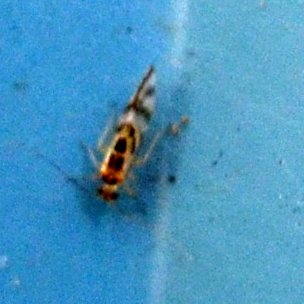
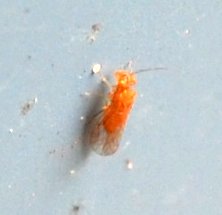
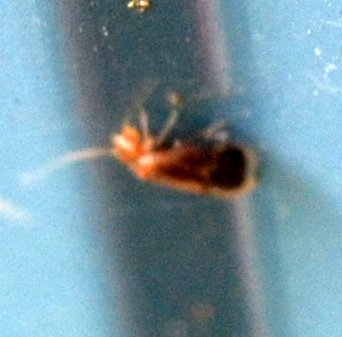
Still more barklouses! This skeletal-looking one I don't remember seeing since 2015. The black and white one and its nymph (next two images) I definitely haven't seen since 2015. Then I'd never heard of a barklouse and was labeling them "flies". They are Metylophorus novaescotiae.
What a funny clown face on the nymph!
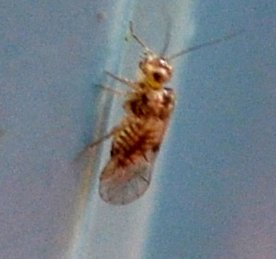
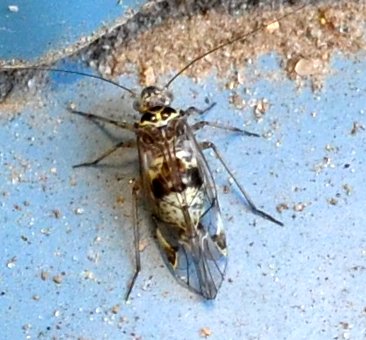
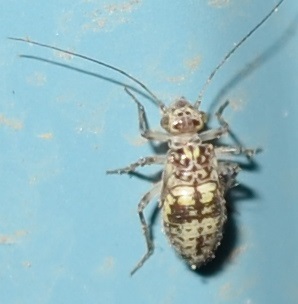
Here's one more possible barklouse nymph, or some kind of nymph anyway. Can you believe after that fiesta of bees last week that I only shot one little bumblebee on the asters? There are a still bumblebees and honeybees too on the quickly fading asters. Then I suspect bees will be a thing of the past for a while. But as for beetles, the spotted cucumber beetle is still around.
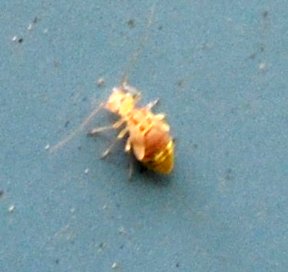
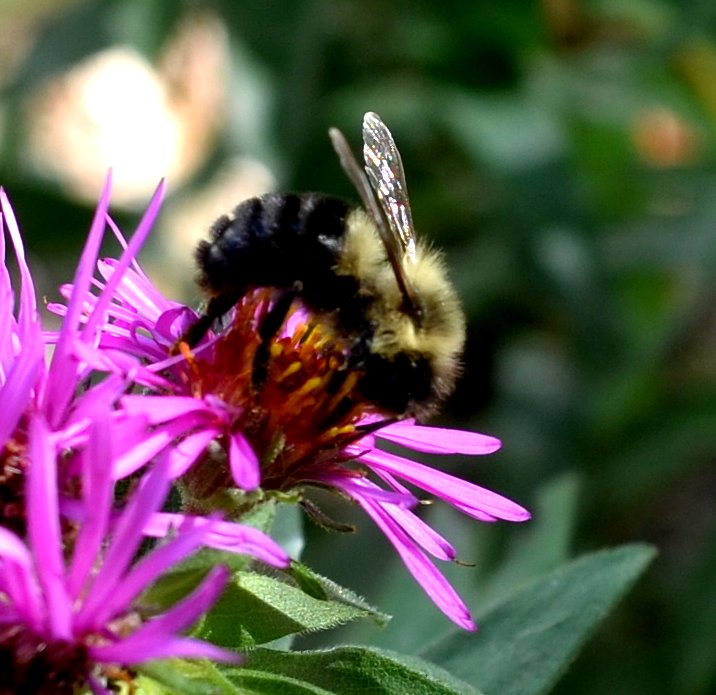
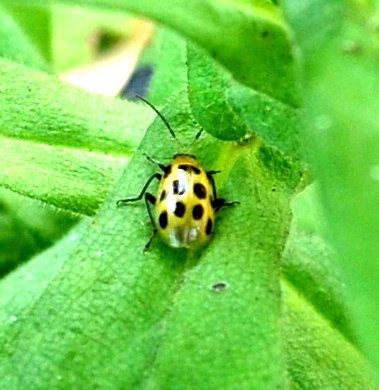
My neighhbor Christi gave me this defunct beetle about a month ago, but I had to relax its little body to get a better picture of it. This is probably the Big-headed Ground Beetle, Scarites subterraneus. Look at those claws (probably for digging in the ground) and those crossed jaws. Brr! Then we also had the metallic olive-green beetle, shaped like a lady beetle. The last one in this row is a beetle, probably a weevil, taken at night (which throws my eyesight and the camera for a loop).
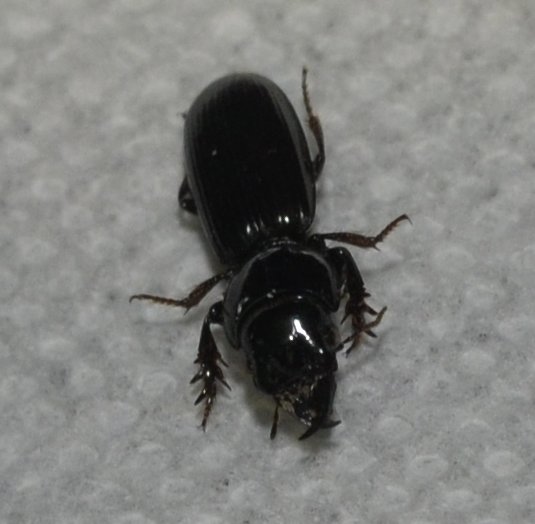
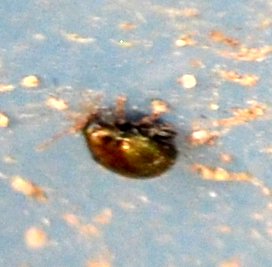
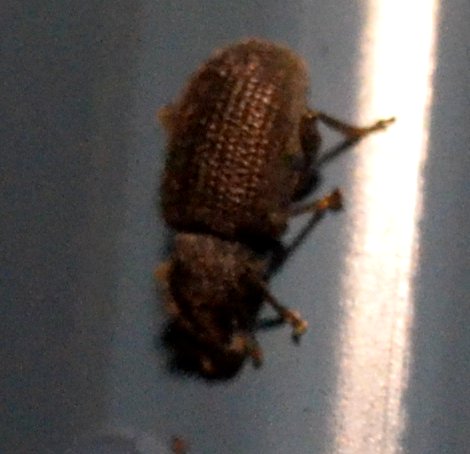
Can you believe that with all the Asian Lady Beetles we have around here that I didn't know how to recognize a baby one until a short while ago? Well, it's true, but maybe the cause is that I've never seen them in the numbers they appeared in this year! I've had dozens, maybe hundreds, especially in the front yard with the aster bushes. And today for the first time I started finding little escapes from those prickly-looking skins, turning from the palest pink to orange and black. Here is the only one I saw in time, in shades of pink and gold. You can see the remains of the little skin at the front of the beetle. (They seem to lose their skin from back to front!)
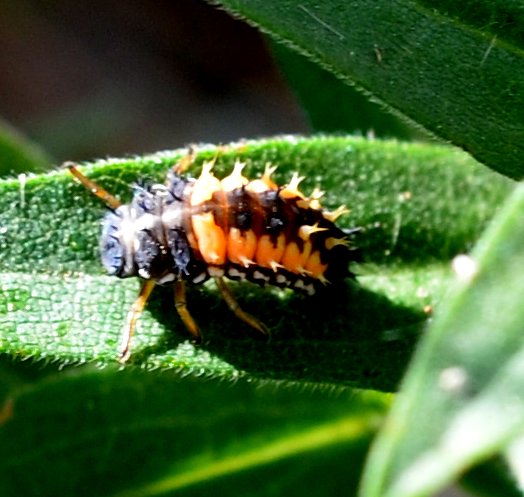
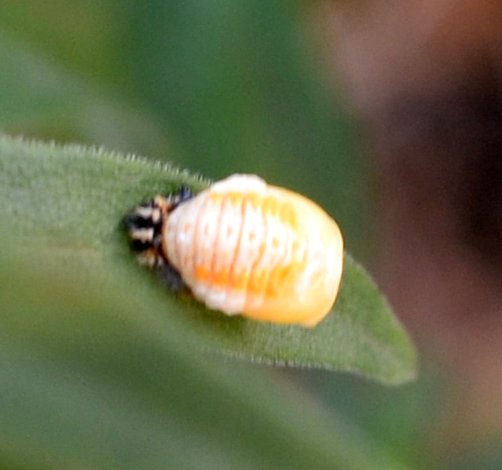
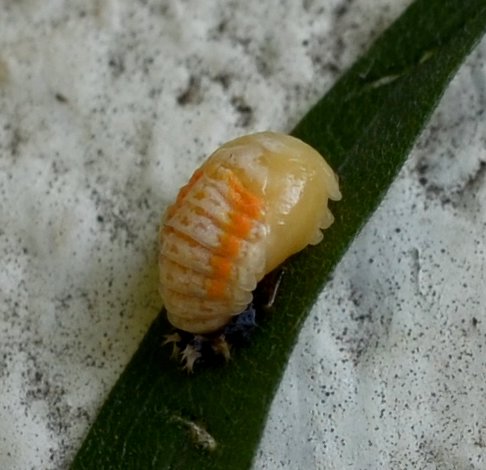
Once they've shed their prickly skins, they spend the rest of the day trading other skins for the true shiny orange and black ones of a true adult Lady Beetle. Here you can see the pale blue filaments left over from this beetle's efforts.
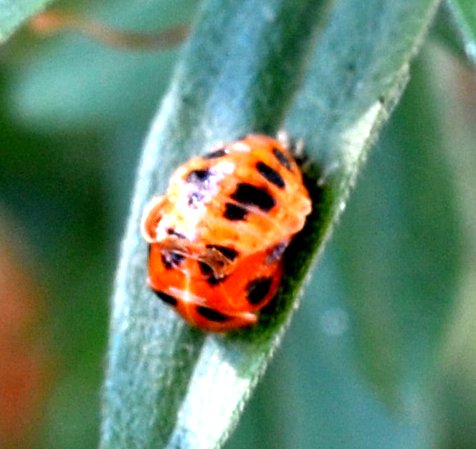
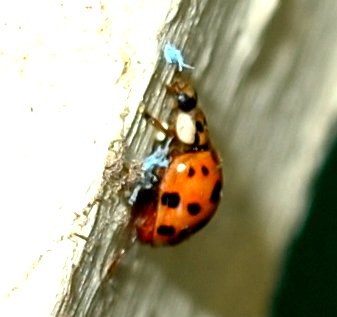
We had a pretty good crop of leafhoppers too. Mostly those red and white ones that look pure white while you're looking right at them.
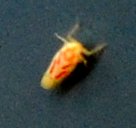
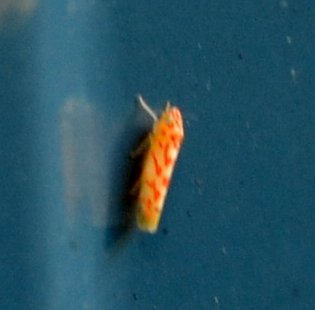
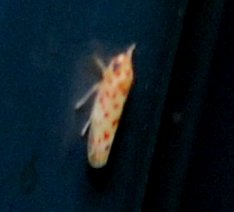
Here is one of the red and white critters, except it's grey and white. And of course, a candy-striper too.
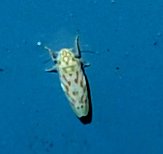
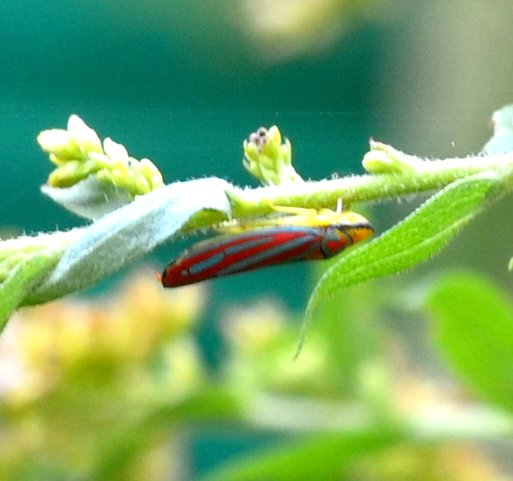
A few more bugs. The Lygus plant bugs always show up in the fall on the goldenrod, even if it isn't blooming. I'm not sure of the ID on the next image, but number 3 is that Western Conifer Seed bug and number 4 is a Long-necked Seed Bug.
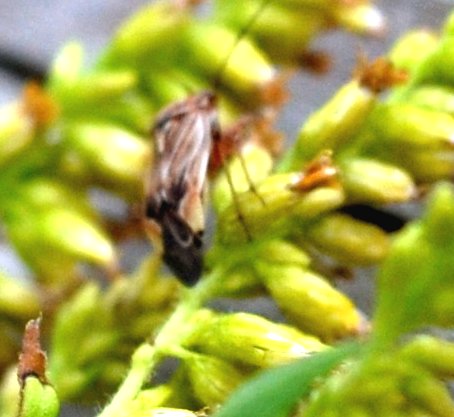
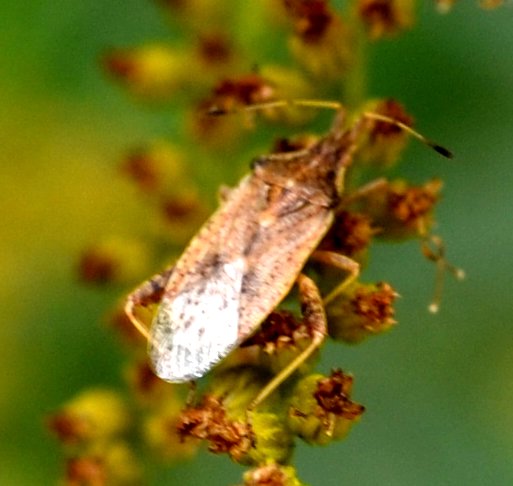
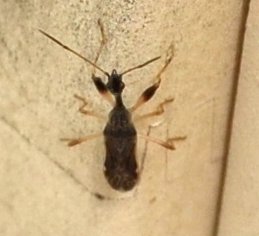
Here is a stilt bug, with one tail end and one stilt. Is the second "bug" a living bug or one of those twiggy cases? Who or what used to be inside of #3 and #4?
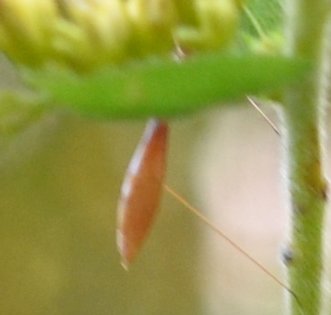
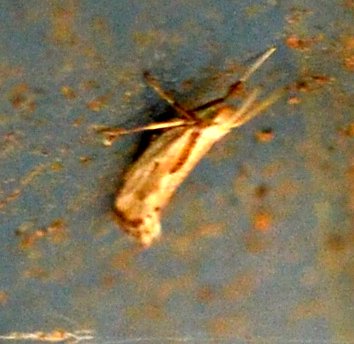
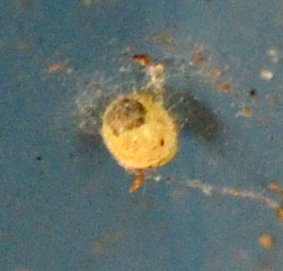
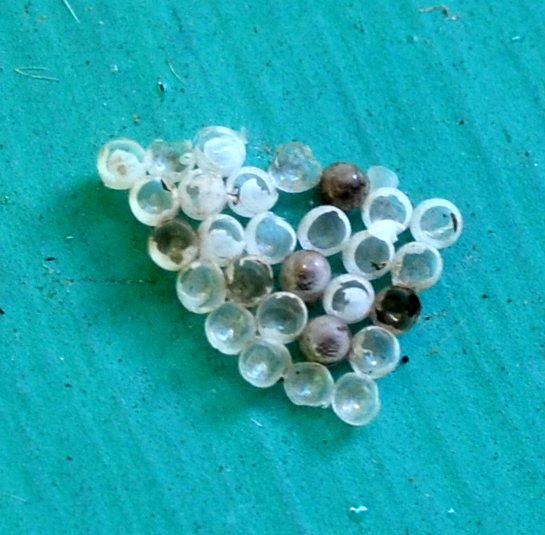
Here are some of the kinds of crickets we saw and heard in the past week, mostly heard. First, a jumping bush cricket, then two shots of the two-spotted tree cricket.
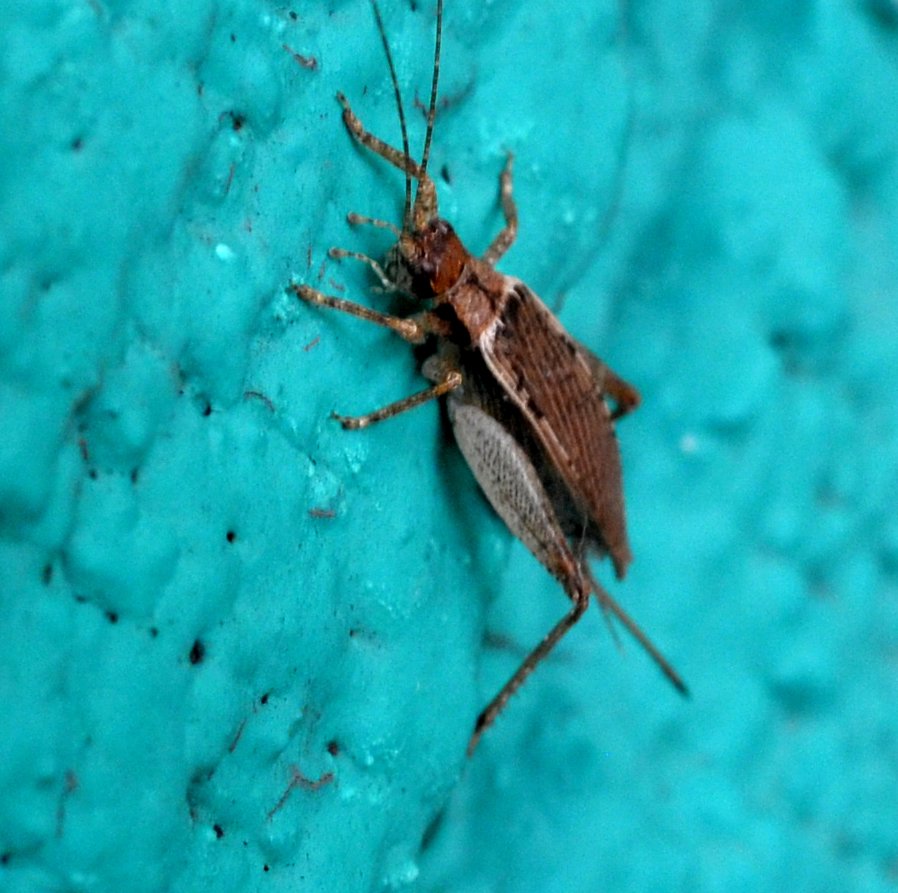


Here are the earwigs, who come to life at night.
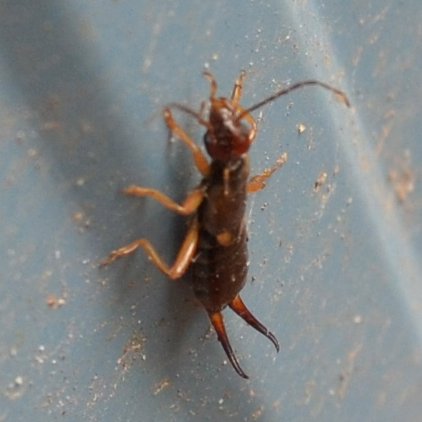
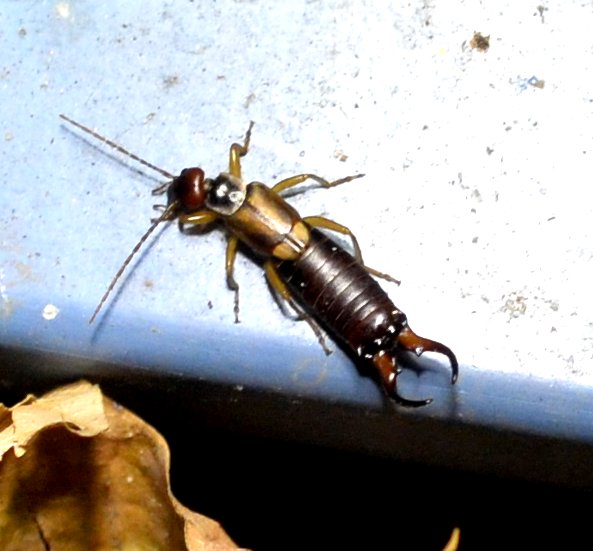
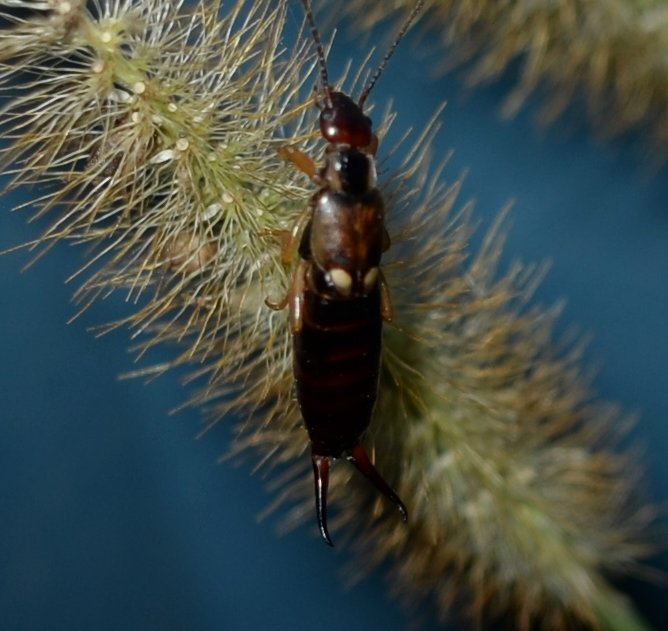
We had a few crane flies. This one isn't large but seems to have had its wings run through a printing press. Two more small ones, and then this one, which was quite a bit larger.
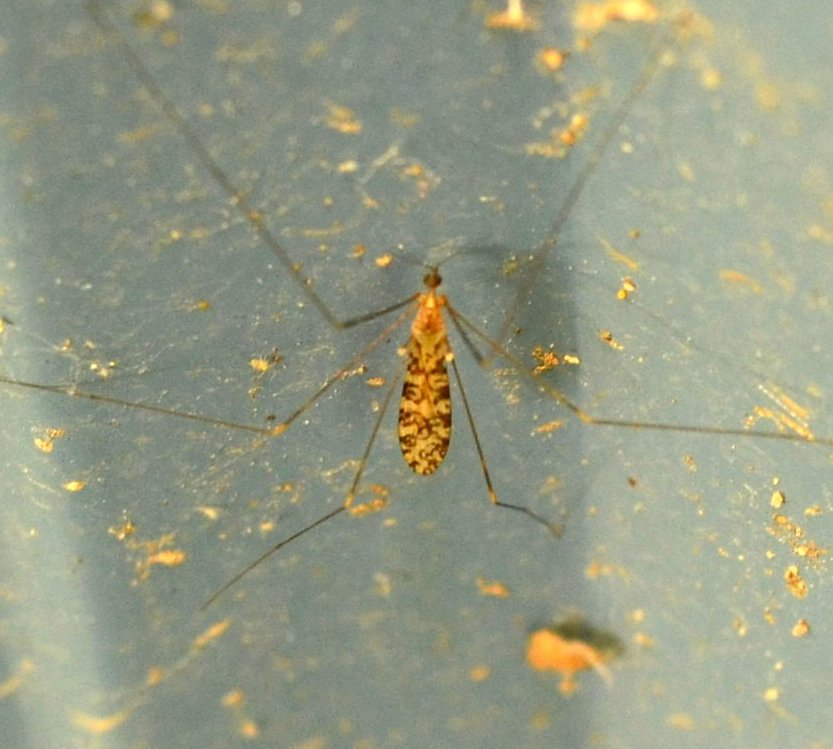
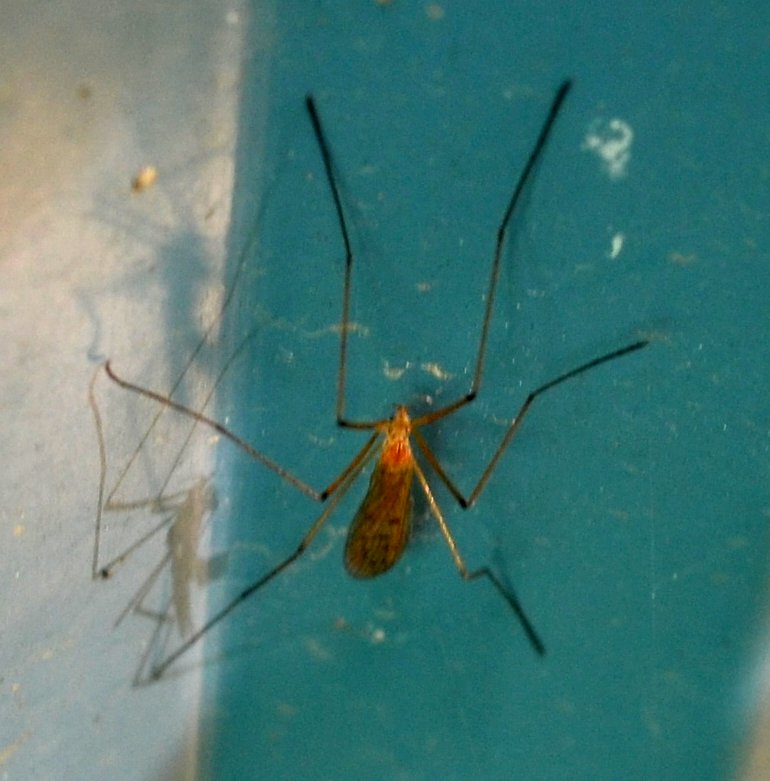
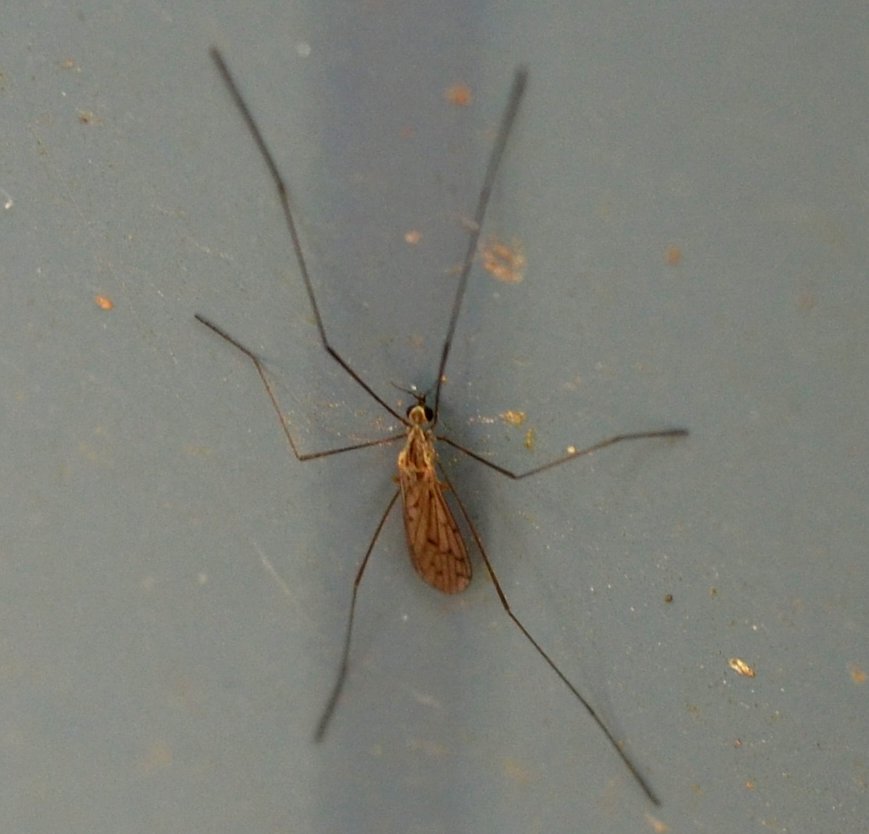
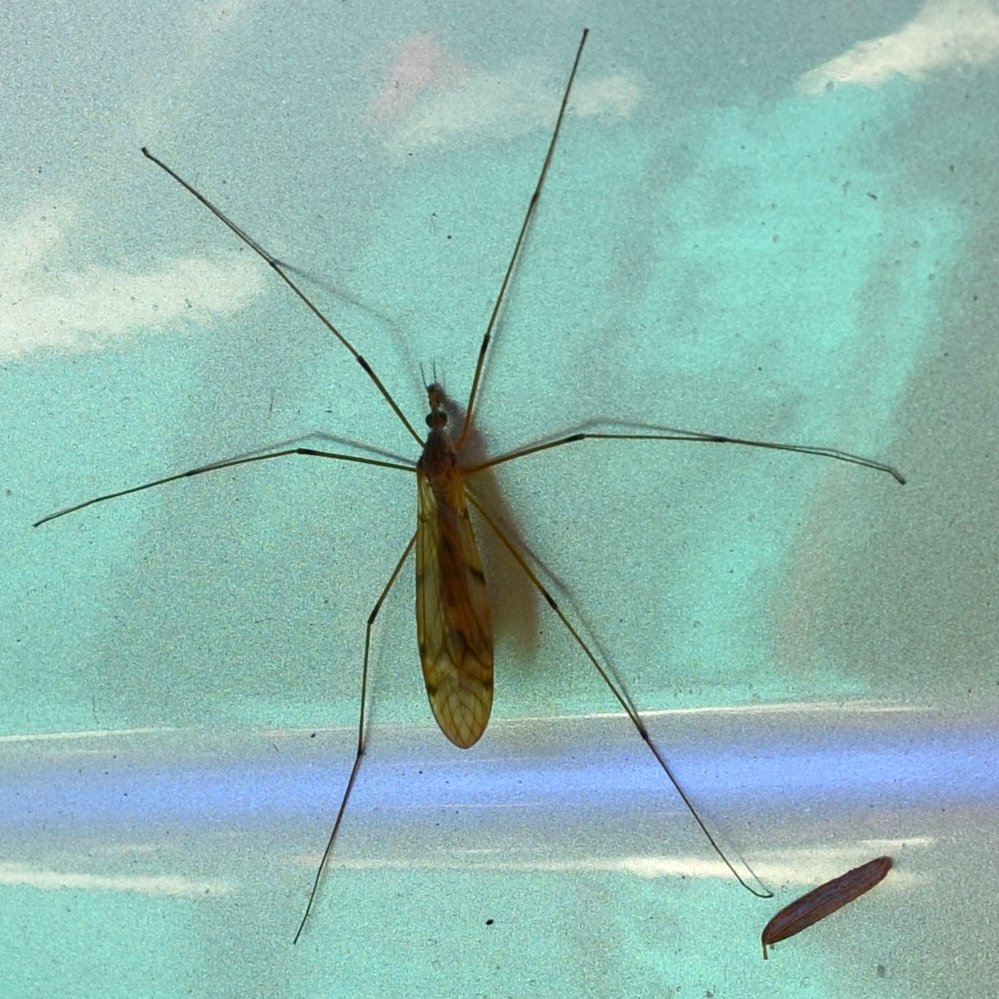
Here are some of the hover flies. First, the large one that likes to lay her eggs in the pond, so her larvae can clean up old matter. Then a middle-sized one on a Japanese anemone flower (one of the last blooming), and my favorite, Toxomerus geminatus, one of the most common all season hover flies. All of these are females, as can be inferred by the spacing between the eyes. (The eyes of a male seem to run together...)

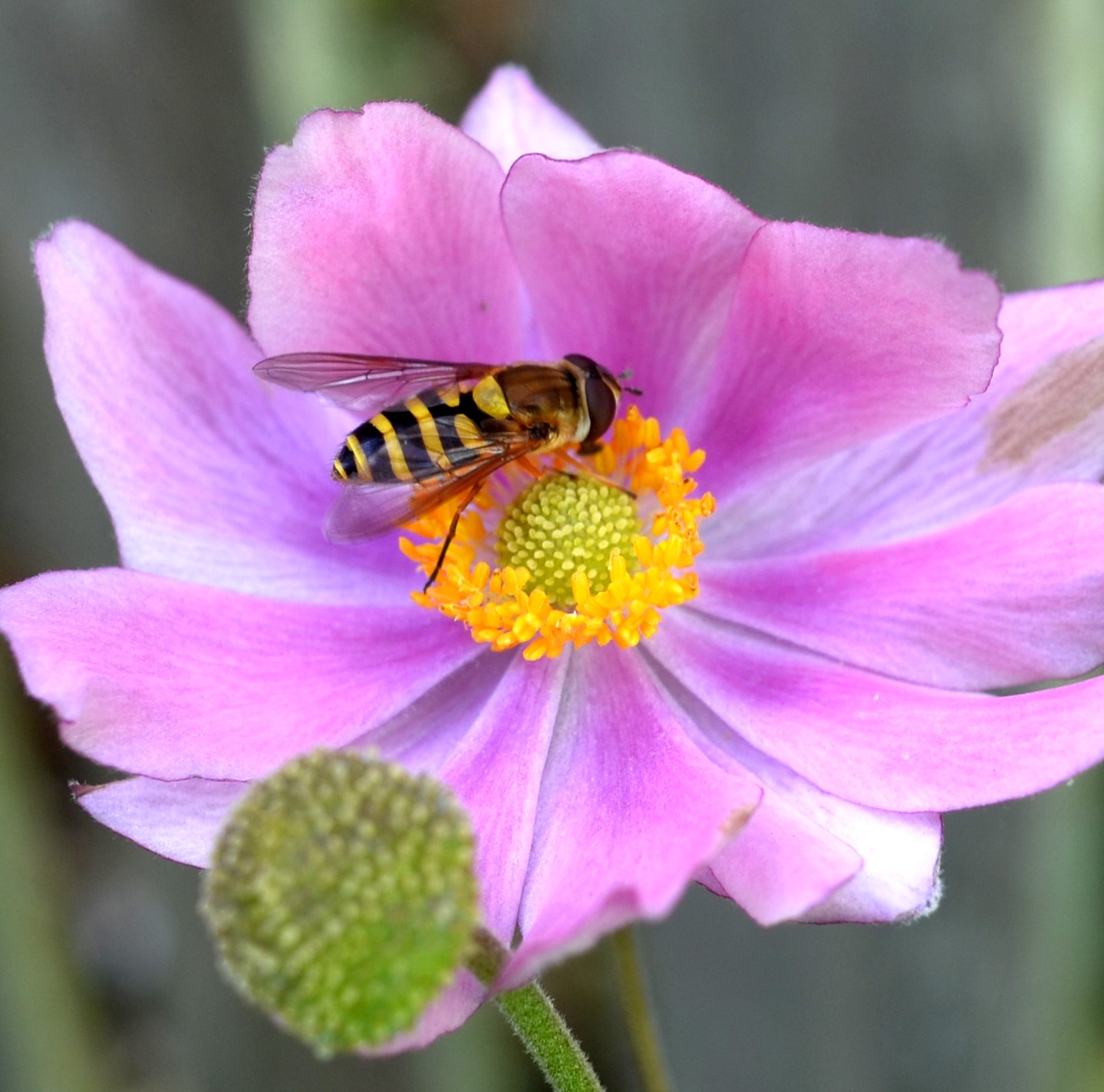

There were plenty of kinds of mosquitoes this week.

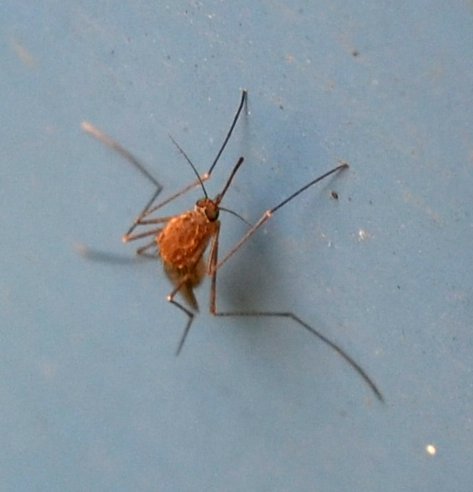
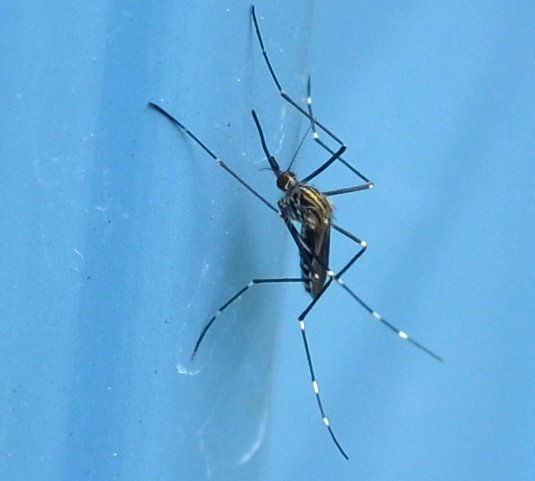
There were also plenty of mosquito-wannabes.
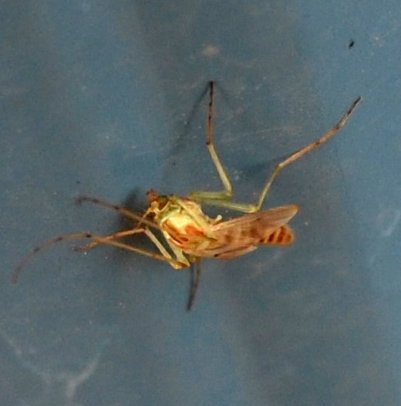

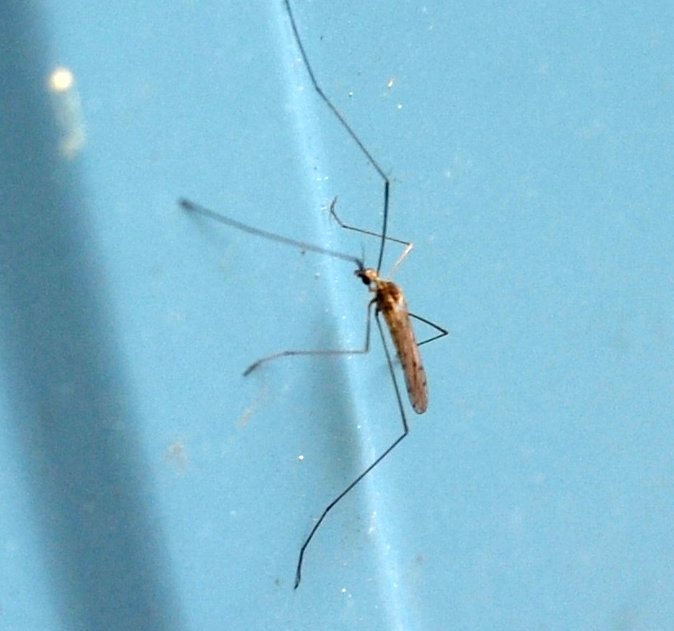
We've had lots of moth flies all summer. But you had to be out there at night to catch them mating. Is this last one a pregnant root maggot fly?
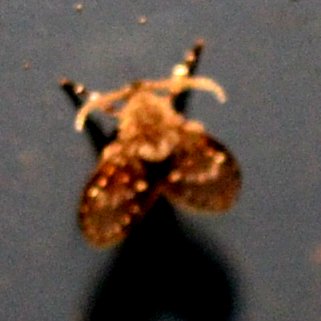
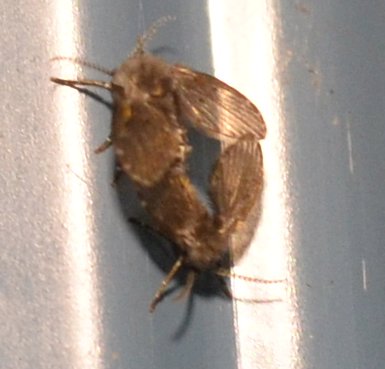
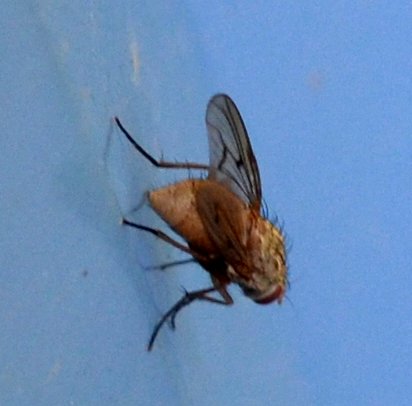
We never seem to run out of new mystery flies,like this first one. But here's a Root Maggot Fly and a long shadow. Last is a "woodlouse fly". Remember "woodlouse" is another name for pillbugs.

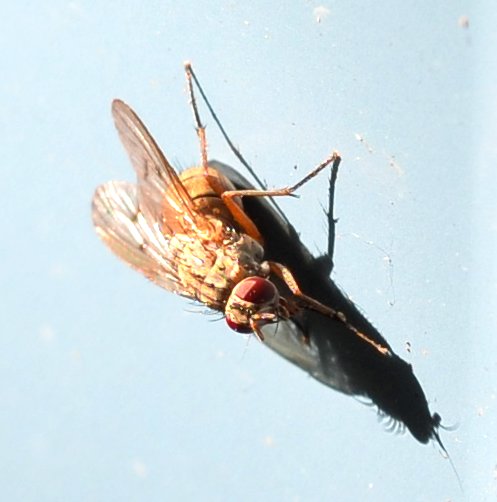
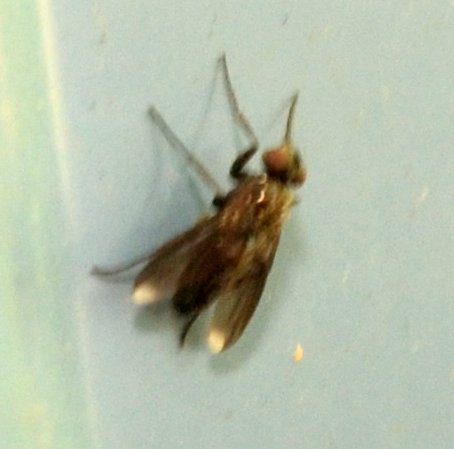
Here is a mystery moth in the dark. And one on the mini marigold (again). Too bad I couldn't capture its green eyes in the dark.
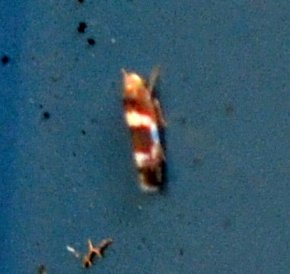

Speaking of pillbugs, here are a few taken in the dark, when they are royalty.
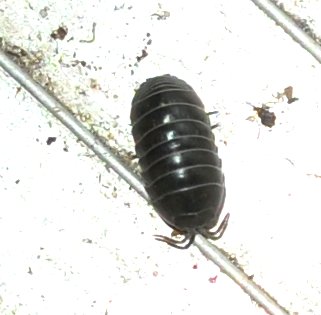
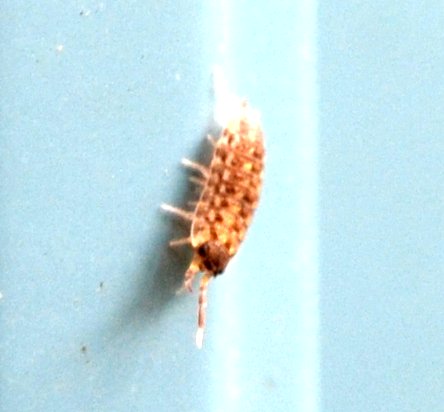
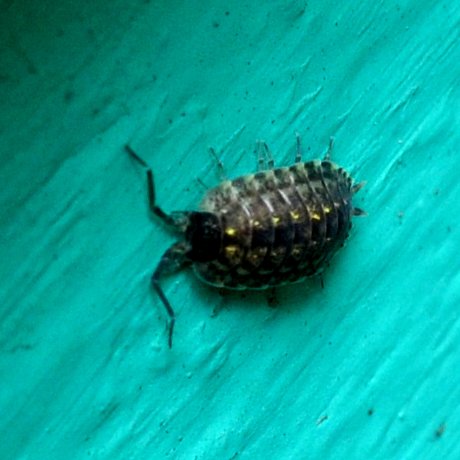
This is another view of the shadows on the south side of the shop in the late-ish afternoon. And a couple of the Common House Spiders, which really match their names. Look what a ginormous spider prey this tiny fellow has caught. Can I keep it, Ma?
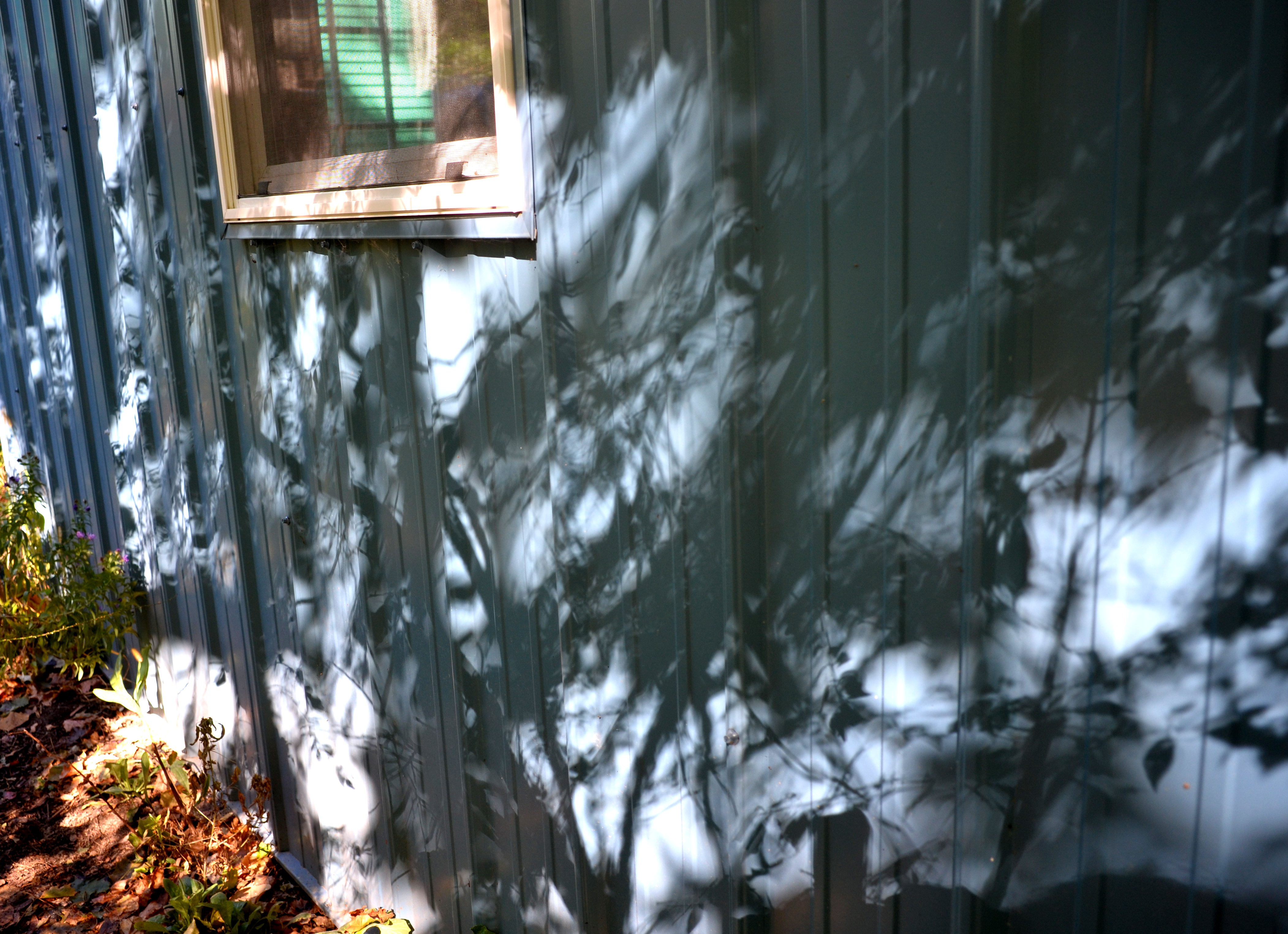
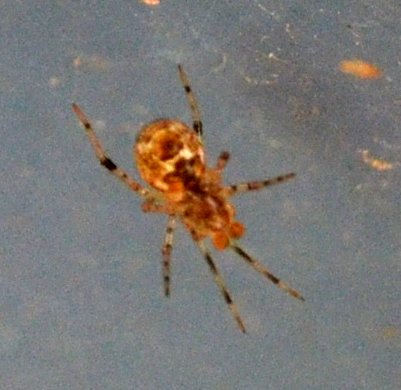
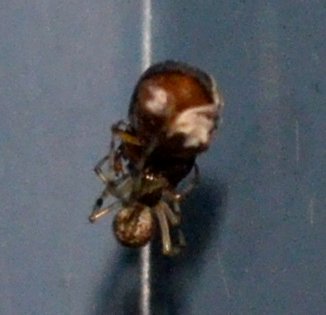
I think this is a ghost spider in the dark. And a grass spider in the dark. And a mystery spider with its mystery prey. (What happens in the dark stays in the dark.)
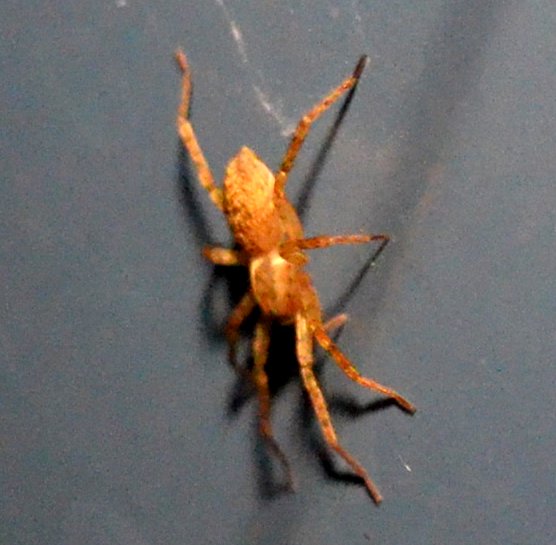

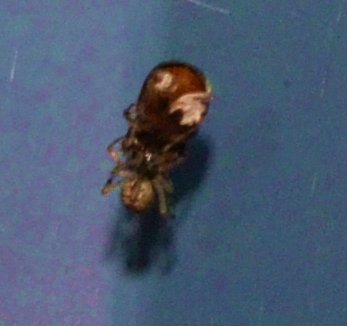
I had thought that the little bee wolves would close the season on the goldenrod. But this time it seems to be Cerceris clypeata, the weevil wasp. The Ichneumon Wasps don't seem to care about the goldenrod, just what little bugs it can find.
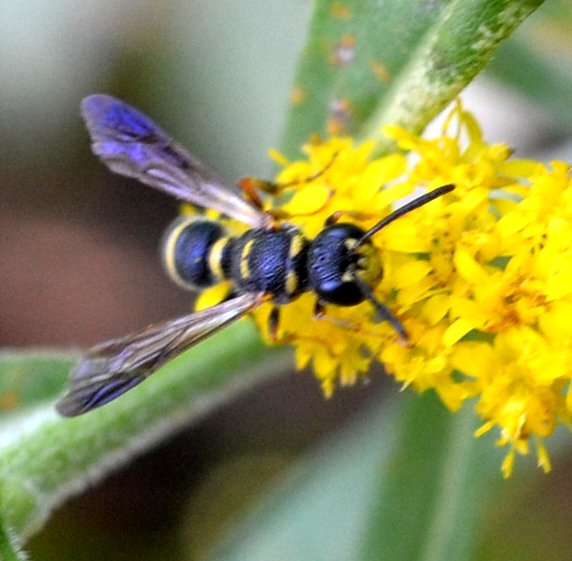


Just a few more color shots. The last Japanese anemone bloom. A mauve aster blooming exactly a week ago. Oh- and a panoply of aster colors from the garden this year.


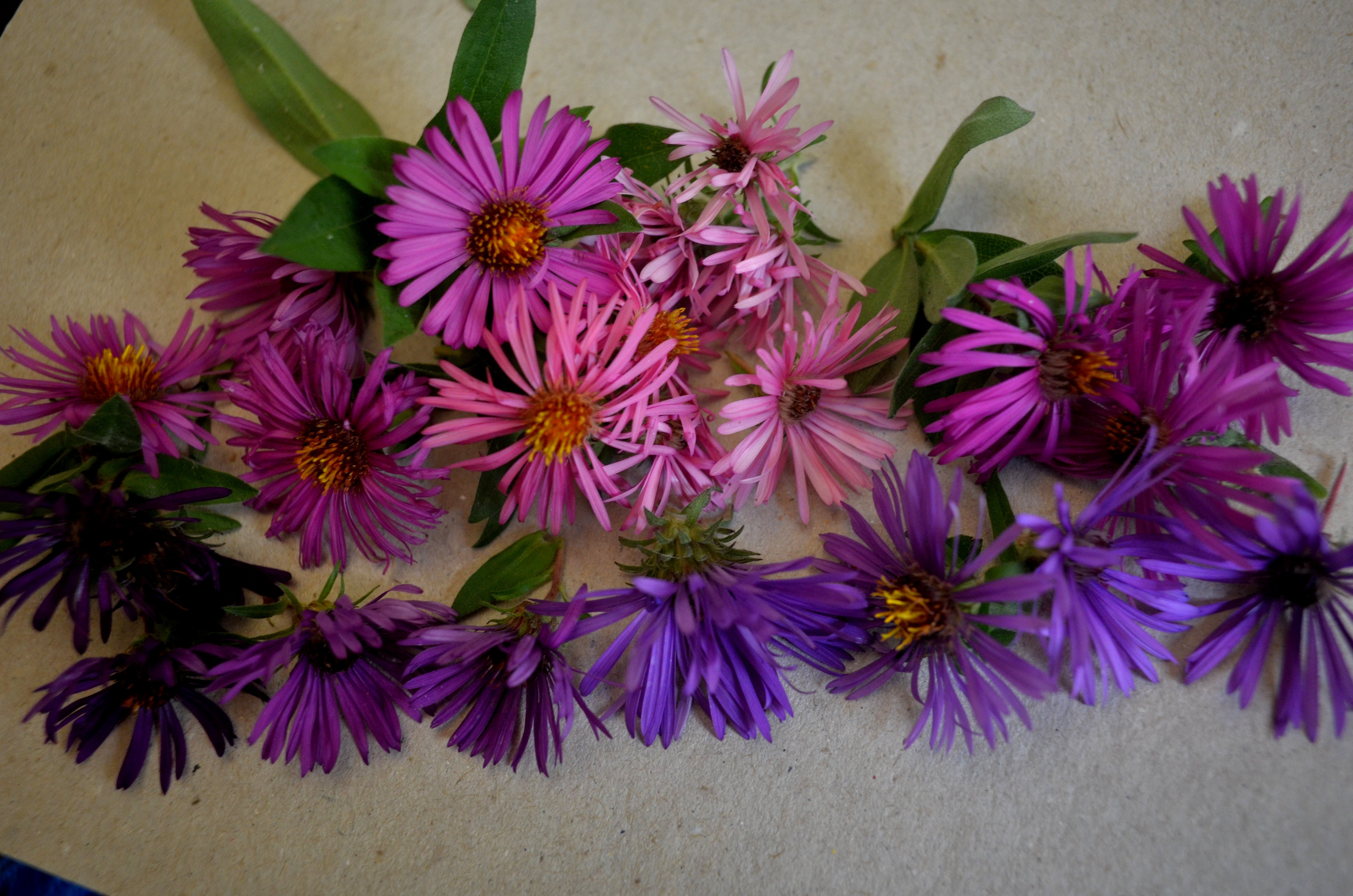
Well, folks, that's about it for the end of the second week of October 2017. I hope everyone had good holidays and is still enjoying the balmy season's end. I can hear the breeze blowing through the curtains saying "Time to get up and doing..." God, that reminds me of the Longfellow we had to memorize in High School.. The ending sounded something like this.
Gladys Danby open tuning, wither'd harper enervate.
Stellar chief in stipple sooning, lean-to labyrinth, ovate.
The original
Love, Martha
Back to October 1, 2017
Forward to October 15, 2017
Back to 2017 menu
Back to main menu
copyright Martha O'Kennon 2017


















































































